Articles
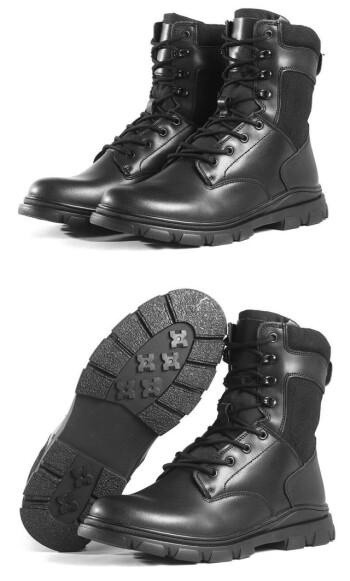
How Goodyear Welt Construction Redefines Long-Term Footwear Value
4 months agoDiscover why Goodyear welt construction offers unmatched durability, weather resistance, and comfort in premium footwear for decades.
Learn More
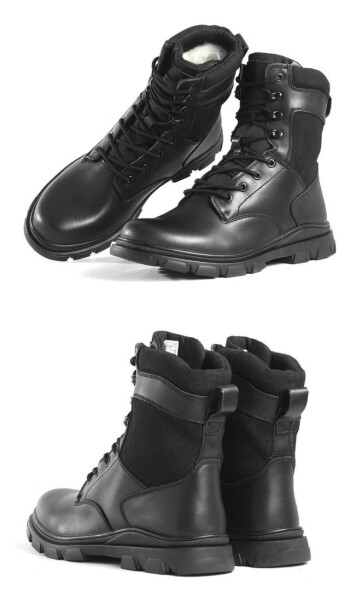
How to Break in Goodyear Welted Shoes Without the Pain (Science-Backed Methods)
4 months agoLearn science-backed methods to break in Goodyear welted shoes painlessly while preserving durability. Tips for leather softening and long-term comfort.
Learn More
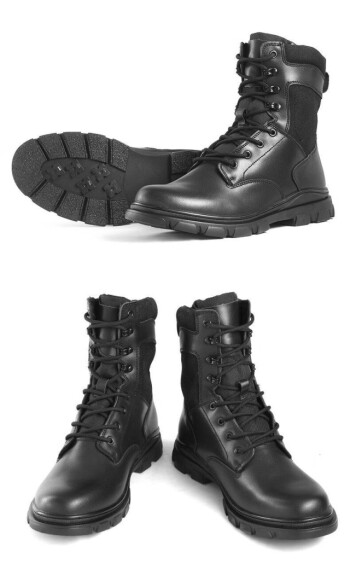
How Finishing Touches in Goodyear Welt Construction Elevate Durability and Value
4 months agoDiscover how meticulous finishing in Goodyear welt construction enhances durability, longevity, and value in premium footwear.
Learn More
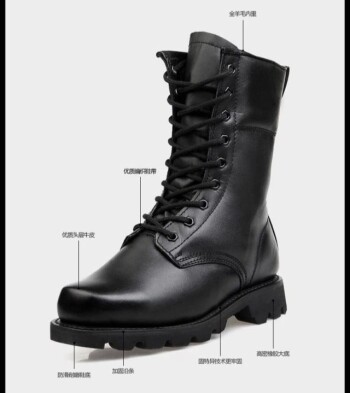
How the Insole's Hidden Rib Defines Durability in Goodyear Welt Footwear
4 months agoDiscover how the insole rib in Goodyear welt footwear ensures durability, repairability, and superior craftsmanship compared to Blake stitch.
Learn More
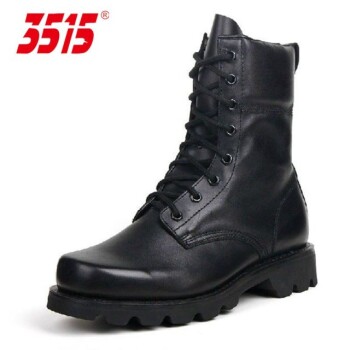
How Goodyear Welted Shoes Outperform in Wet Conditions: A Practical Guide
4 months agoDiscover why Goodyear welted shoes excel in wet conditions with superior water resistance, durable construction, and maintenance tips for long-term performance.
Learn More
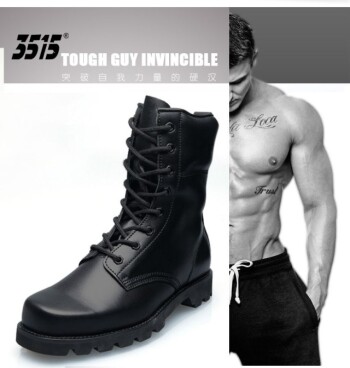
How Goodyear Welt Construction Transforms from Stiff to Customized Comfort
4 months agoDiscover how Goodyear welt shoes transform from firm support to customized comfort through natural leather and cork adaptation.
Learn More
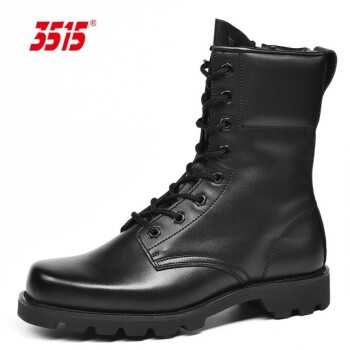
How Goodyear Welt Construction Elevates Footwear Durability and Value
4 months agoDiscover why Goodyear welt construction is the gold standard for durable, resoleable footwear—outperforming modern alternatives in longevity and value.
Learn More

How Goodyear Welted Shoes Save Money Long-Term: A Durability Breakdown
4 months agoDiscover why Goodyear welted shoes save money long-term with repairable durability, outlasting cemented shoes by decades.
Learn More
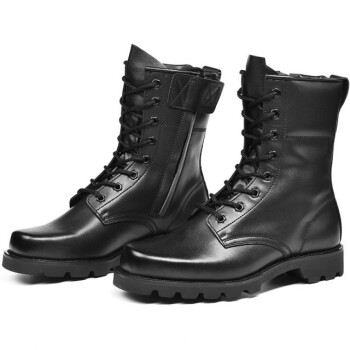
Decoding the Premium: How Goodyear Welt Construction Delivers Lifetime Value
4 months agoDiscover why Goodyear welt shoes offer lifetime value through durable construction, resoling capability, and long-term cost savings.
Learn More
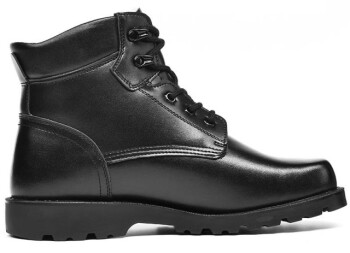
Why Goodyear Welt Construction Delivers Unmatched Value: Craftsmanship, Longevity, and Repairability
4 months agoDiscover why Goodyear welt construction offers unmatched durability, comfort, and repairability in premium footwear. Invest in long-lasting value.
Learn More
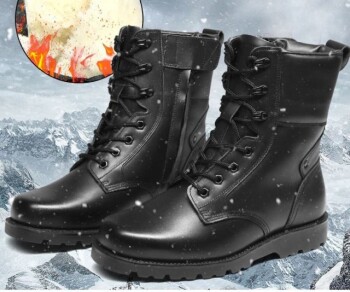
Why Goodyear Welt Construction is a Lifetime Investment in Footwear
4 months agoGoodyear welt construction offers durable, repairable footwear for long-term savings and sustainability. Invest in shoes that last decades.
Learn More
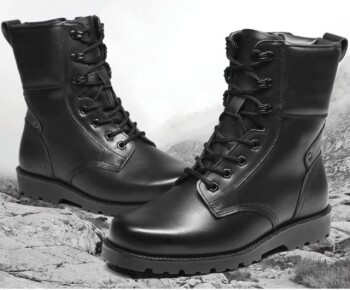
Why Goodyear Welt Shoes Are Worth the Investment: Craftsmanship That Lasts Decades
4 months agoDiscover why Goodyear Welt shoes offer unmatched durability & value with resoleable craftsmanship that lasts decades. Invest in luxury footwear.
Learn More
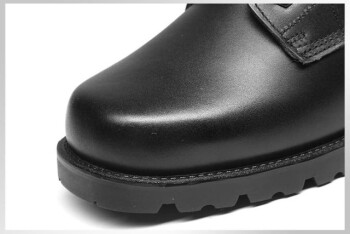
Why Goodyear Welted Shoes Justify Their Price: The Longevity Advantage
4 months agoGoodyear welted shoes offer 3–5x the lifespan of glued shoes, with repairable construction saving costs and reducing waste. Learn why they're worth it.
Learn More

How Goodyear Welt Construction Delivers Long-Term Value Over Blake Stitch
4 months agoDiscover why Goodyear welt construction outperforms Blake stitch in durability, water resistance, and long-term cost savings for professional footwear.
Learn More
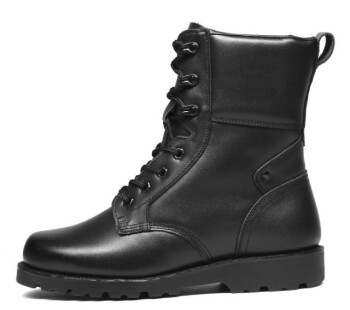
How to Extend the Life of Goodyear Welted Shoes: Science-Backed Care Strategies
4 months agoScience-backed care strategies to extend the life of Goodyear welted shoes, from cedar shoe trees to proper rotation and storage.
Learn More
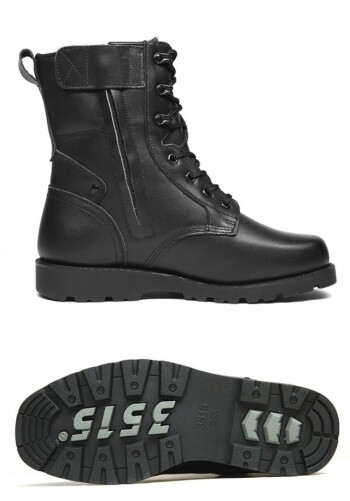
Goodyear vs. Cemented Shoes: Decoding Long-Term Value for Your Lifestyle
4 months agoGoodyear welted vs. cemented shoes: Compare durability, cost, and lifestyle fit to make an informed footwear investment.
Learn More
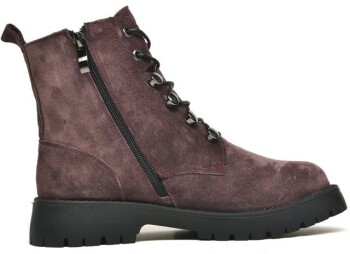
How Goodyear Welt Construction Delivers Decades of Wear: An Engineering Perspective
4 months agoDiscover why Goodyear welt construction makes shoes last decades with modular design, cork cushioning, and repairable stitching.
Learn More
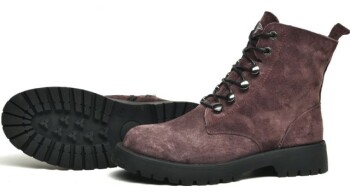
Why Goodyear Welt Shoes Outlast Cheaper Alternatives: A Smart Investment Guide
4 months agoDiscover why Goodyear welt shoes outlast cheaper alternatives with superior durability, cost savings, and environmental benefits. Smart footwear investment guide.
Learn More
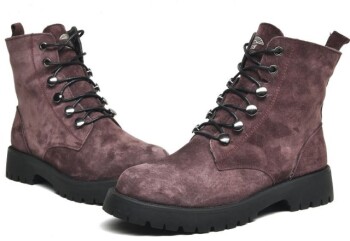
How Goodyear Welted Shoes Outperform Glued Footwear: A Lifetime Investment Guide
4 months agoDiscover why Goodyear welted shoes outlast glued footwear, offering repairability, cost savings, and sustainability. A lifetime investment guide.
Learn More
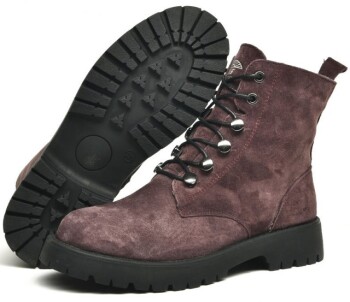
How Goodyear Welt Construction Delivers Lifetime Value in Footwear
4 months agoDiscover how Goodyear welt construction delivers decades of durable, repairable footwear with superior comfort and waterproofing.
Learn More
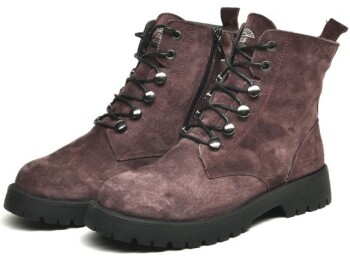
How to Choose the Right Leather for Long-Lasting Goodyear Welt Shoes
4 months agoLearn how to choose durable leather for Goodyear welt shoes—full-grain vs. exotic options, maintenance tips, and lifestyle matching for long-lasting footwear.
Learn More
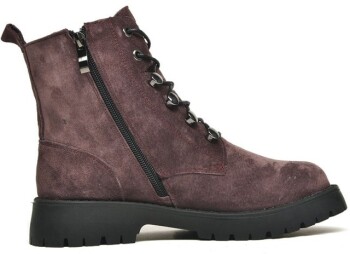
How Goodyear Welt Construction Elevates Footwear Quality and Longevity
4 months agoDiscover why Goodyear welt construction is the gold standard in durable shoemaking, offering superior longevity, resoling advantages, and premium quality.
Learn More

Why Goodyear Welt Construction Delivers Unmatched Durability and Value
4 months agoDiscover why Goodyear welt construction offers unmatched durability, easy resoling, and long-term value in quality footwear.
Learn More
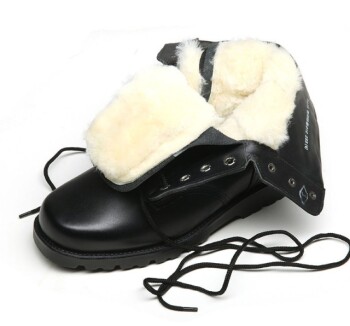
How to Store Goodyear Welt Shoes: Expert Methods to Preserve Form & Function
4 months agoExpert methods to store Goodyear welt shoes, preserving form & function for decades. Learn professional techniques for moisture control, shape retention & more.
Learn More
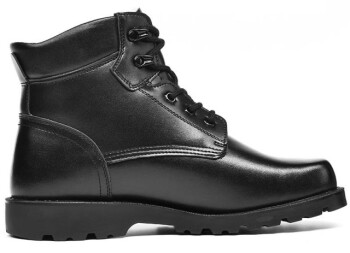
How Goodyear Welt Construction Keeps Feet Dry: The Science Behind Breathable Footwear
4 months agoDiscover how Goodyear welt construction enhances breathability and moisture management in footwear for long-lasting comfort and foot health.
Learn More

How Goodyear Welted Shoes Save Money Long-Term: A Lifespan Analysis
4 months agoGoodyear welted shoes offer long-term savings with durable construction, moisture protection, and resoling capabilities—lasting 8–12 years vs. 1–2 for cemented shoes.
Learn More
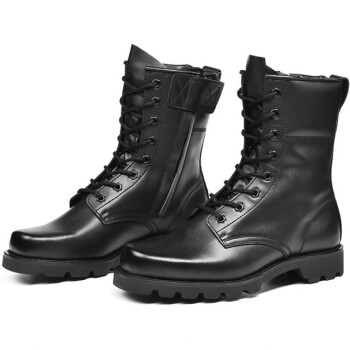
The Hidden Engineering Behind 101 Chain-Stitch in Goodyear Welted Footwear
4 months agoDiscover the science behind 101 chain-stitch in Goodyear welted footwear—how 8mm spacing and waxed threads ensure durability and water resistance.
Learn More
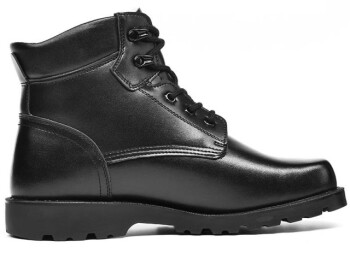
How Goodyear Welt Footwear Justifies Its Price: A Long-Term Value Analysis
4 months agoDiscover why Goodyear welt footwear offers superior long-term value with durability, resoling benefits, and cost-per-wear advantages.
Learn More
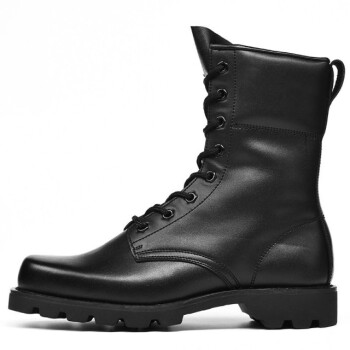
How Goodyear Welted Shoes Save Money and Reduce Waste: A 10-Year Perspective
4 months agoDiscover how Goodyear welted shoes save money and reduce waste with 10+ year durability, resoling benefits, and sustainability advantages.
Learn More
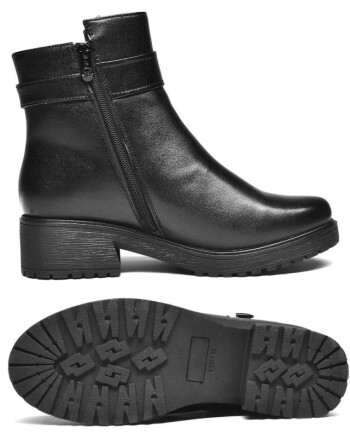
How Goodyear Welted Shoes Develop Character and Style Over Time
4 months agoDiscover how Goodyear welted shoes develop unique character and style over time with durable craftsmanship and rich patina.
Learn More